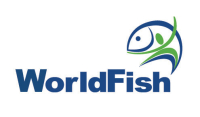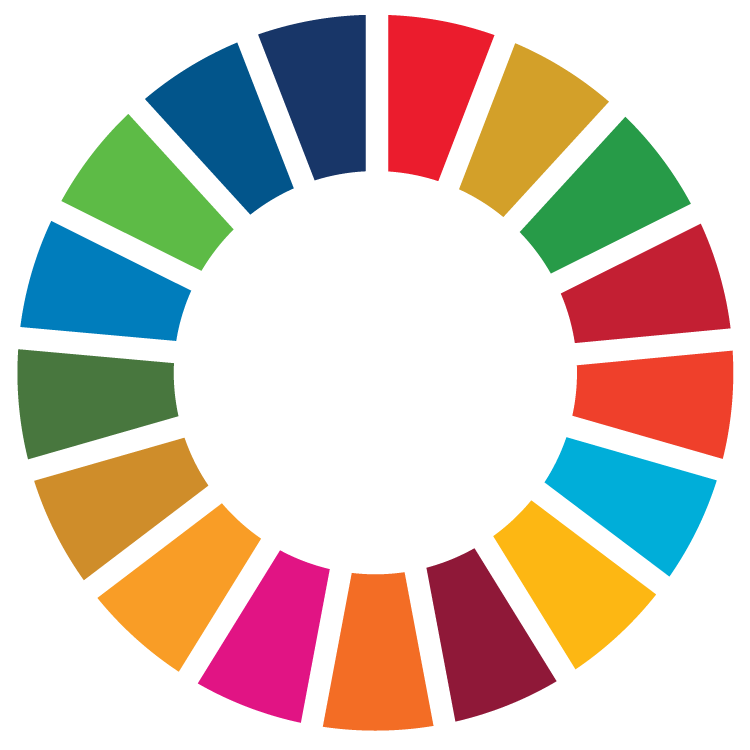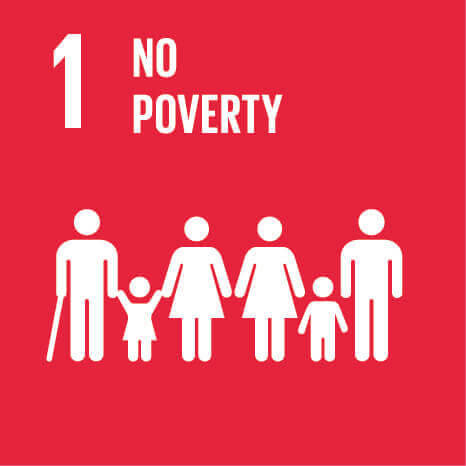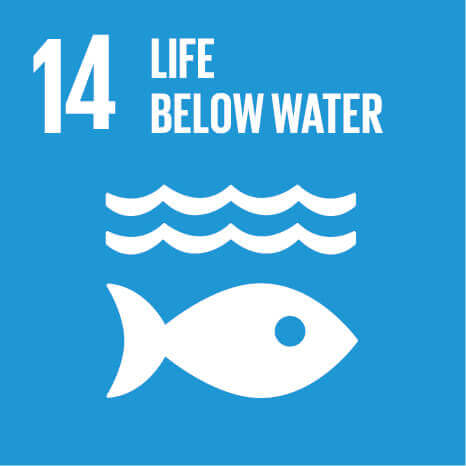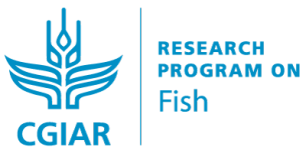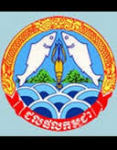How rice field fisheries are netting nutrition gains for over 124,876 people in Cambodia
Published on: April 28, 2020, Submitted by Peter Jackson on: April 2, 2020, Reporting year: 2019
WorldFish research shows that well-managed community fish refuges (CFRs) can significantly improve fish productivity of the rice field environment as soon as one year after the intervention. WorldFish monitoring shows that in one year, the amount of fish caught has increased by 30 percent, and the proportion of young children under five eating small fish increased by 50%. Over 124,876 people in Cambodia consumed more fish at home following behavior change interventions associated with enhanced rice field fish productivity .
Fishing with a net - Boeng Tramses, Pursat province, Cambodia
A challenge faced by many caregivers in rural Cambodia is making sure their children get enough nutritious food. Missing out on nutritious food at a young age can have long-term impacts on physical and cognitive development. Acute malnutrition, stunting and micronutrient deficiencies have been estimated to cost Cambodia up to USD 266 million annually, or 1.7% of the country’s gross domestic product (GDP).
Through the USAID-funded Feed the Future Cambodia Rice Field Fisheries II (RFF II) project, FISH is working to address multiple causes of malnutrition in a joined-up way. The project promotes wild fish conservation and improved management of 140 community fish refuges (CFRs), making more nutritious fish available to be caught in the surrounding areas.
Fish is one of the best sources of nutrients like iron, zinc, calcium and vitamin A, which are essential for healthy growth and development.
CFRs are natural or humanmade ponds that hold water throughout the year and provide a dry season refuge for brood fish. In the dry season, these refuges become disconnected from permanent natural water bodies. In the wet season, when water levels rise, the fish migrate out of the CFRs to the rice fields and floodplains to spawn and feed.
Fishing is prohibited year-round in the CFRs, but rice fields become open access fishing grounds when inundated. These fisheries contribute up to 28 percent of the wild capture fisheries in Cambodia, and are seen as a promising sub-sector to increase fish catches and meet the domestic demand for food.
Despite their importance to Cambodia’s rural livelihoods, rice field fishery systems were largely neglected as a focus of detailed research until the advent of the CFR approach. WorldFish research shows that well-managed CFRs can significantly improve fish productivity of the rice field environment.
Due to their accessibility to many nearby households, these improved environments are an important source of nutritious food. They are particularly beneficial for lactating mothers and other caregivers who experience poverty and vulnerability.
WorldFish monitoring shows that people supported by the project are applying good practices to conserve and increase fish stocks and improve nutrition. In one year, the amount of fish caught has increased by 30 percent, and the proportion of children under five eating small fish has increased by 50 percent.
By 2021, more than 296,000 people are expected to have benefited from the project’s integrated approach to improving food and nutrition security.
The conservation activities undertaken by the project have led to increases in fish numbers, fish sales, household income and livelihood. Over 140 Community Fish Refuges (CFRs) have been established in Cambodia - each is managed by a trained committee who protects and manages the CFR. The proof of concept (2015) showed annual average fish catch by the poorest 20% of households increased by 71%. The Government now officially recognizes and supports widespread uptake of CFRs for food and water security goals. The FISH research on fisheries management models with the identification of the co-management of the CFRs model has been a main contributor in this direction, having influenced the national fisheries management framework towards enhancing the livelihoods of vulnerable fishers and their nutrition. This has resulted in the review of the Cambodia’s 10-year Strategic Plan for Fisheries Conservation and Management, to include CFRs. Furthermore, a best practices manual has been developed and is ready for uptake and scaling of the best practices of Community Fish Refuge-Rice Field Fisheries management.
In addition, nutrition specific activities that have accompanied conservation strategy have influenced and improved the knowledge and practices relating to complementary feeding, reflecting positive outcomes from training to caregivers and awareness raising conducted in communities and schools. Notable trends that reflect households’ adoption of the nutrition-specific practices for feeding young children, which are promoted by the project, are as follows:
• Increased consumption of small, micronutrient-rich fish by children under five years old thanks to project interventions.Indeed, fish consumption by young children in households participating in the project is very high - two thirds (67.7%) of children aged 6-11 months, and almost all (95.5%) children 12-17 months.
• A steady and significant increase in the proportion of households eating small fish whole – thus maximizing the nutritional value. Between 2017 and 2019, the proportion of households maximizing the nutritional value of small fish species
increased steadily and significantly, from 7.9% in March 2017 to 34.5% in September 2019.
Together with rice, fish is the backbone of the Cambodian diet – particularly in rural areas. Small, micronutrient-rich fish species are important sources of micronutrients, especially when consumed fresh and whole. Inland fish conservation efforts such as well-managed community fish refuge systems can play an important role in securing wild fish populations – and therefore in national food and nutrition security.
Stage of Maturity and Sphere of influence
-
Stage of Maturity: Stage 2
-
Contributions in sphere of influence:
2.1.1 - Increased availability of diverse nutrient-rich foods
Acknowledgement
This work was undertaken as part of the CGIAR Research Program on Fish Agri-Food Systems (FISH) led by WorldFish. The research program program is supported by contributors to the CGIAR Trust FundFunding support for this work was provided by the United States Agency for International Development (USAID) under the Feed the Future initiative in the framework of the Feed the Future Cambodia Rice Field Fisheries II project. .
Projects
-
Feed the Future Cambodia Rice Field Fisheries II
